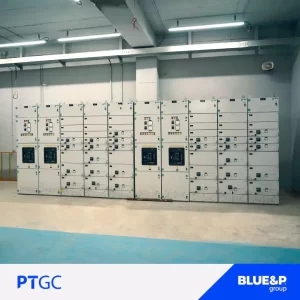Solar energy is the technology that uses the energy of the sun. By 2011, the technology has provided less than 0.1 % of the energy demand in the world.
Most of you are familiar with photovoltaic cells and solar cells. Cells are made of semiconductor materials such as those found in computer chips. When sunlight hits the cells, it removes electrons from its atoms and generates electricity when they find electrons in the cells.
At larger scales, solar thermal power plants use different techniques to concentrate solar energy as a heat source. The heat then uses t for boiling water to guide the steam turbine, which is similar to coal plants, supplying power to thousands of people.
Read more: Automation Pyramid levels
How to Harness Solar Power
In one technique, long troughs of U-shaped mirrors focus sunlight on a pipe of oil that runs through the middle. The hot oil then boils water for electricity generation. Another technique uses moveable mirrors to focus the sun’s rays on a collector tower, where a receiver sits. Molten salt flowing through the receiver is heated to run a generator.
Other solar technologies are passive. For example, large windows that are placed in the sunshade of buildings, where sunlight is absorbed by heat-absorbing materials on the floor and walls, and these levels release heat at night and cause heating in the building. Similarly, absorbent plates on the roof can heat liquids in the pipes that supply hot water to the building.
Solar energy is known as a renewable fuel source and environmentally friendly. Apart from being able to easily supply the energy of urban buildings, the energy can also generate energy for remote locations, such as satellites in orbit.
Solar energy problems
Solar power does not work at night without using a storage device like a battery, and the cloud weather can also prevent the correct functioning of the technology.
It also requires a large environment, as large numbers of solar cells are required to provide electricity.
However, the use of solar energy has increased by 20% over the past 15 years due to lower prices and increased efficiency. Japan, Germany and the United States are the main markets for solar cells. With tax incentives and effective coordination with energy companies, electricity generated by solar technology in five to ten years can reach a tipping point and then become profitable.








